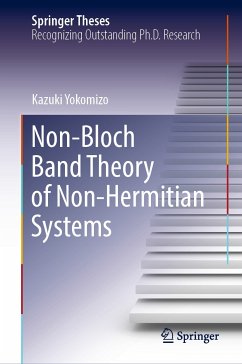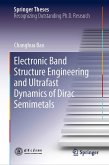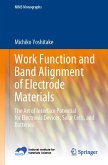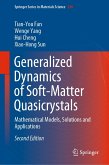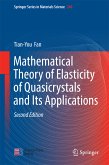¿This book constructs a non-Bloch band theory and studies physics described by non-Hermitian Hamiltonian in terms of the theory proposed here.
In non-Hermitian crystals, the author introduces the non-Bloch band theory which produces an energy spectrum in the limit of a large system size. The energy spectrum is then calculated from a generalized Brillouin zone for a complex Bloch wave number. While a generalized Brillouin zone becomes a unit circle on a complex plane in Hermitian systems, it becomes a circle with cusps in non-Hermitian systems. Such unique features of the generalized Brillouin zone realize remarkable phenomena peculiar in non-Hermitian systems.
Further the author reveals rich aspects of non-Hermitian physics in terms of the non-Bloch band theory. First, a topological invariant defined by a generalized Brillouin zone implies the appearance of topological edge states. Second, a topological semimetal phase with exceptionalpoints appears, The topological semimetal phase is unique to non-Hermitian systems because it is caused by the deformation of the generalized Brillouin zone by changes of system parameters. Third, the author reveals a certain relationship between the non-Bloch waves and non-Hermitian topology.
Dieser Download kann aus rechtlichen Gründen nur mit Rechnungsadresse in A, B, BG, CY, CZ, D, DK, EW, E, FIN, F, GR, HR, H, IRL, I, LT, L, LR, M, NL, PL, P, R, S, SLO, SK ausgeliefert werden.

